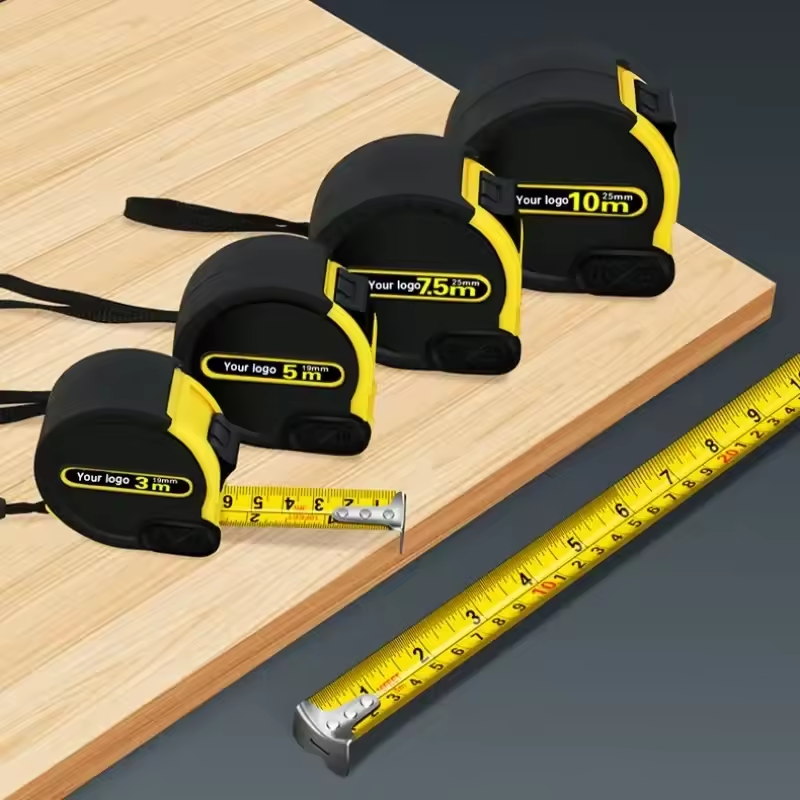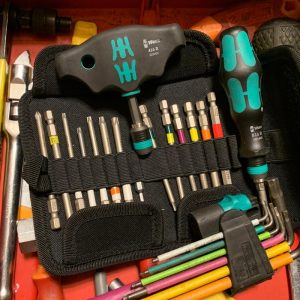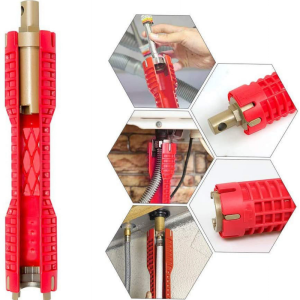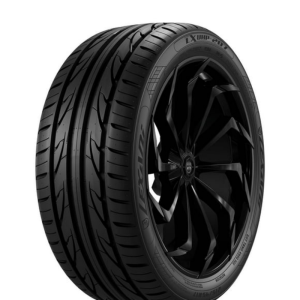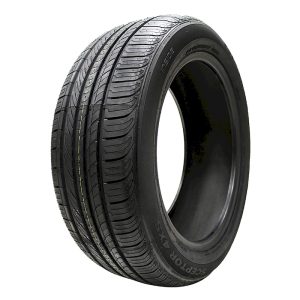
Ever felt a vibration in your steering wheel at highway speeds? It could be a sign your tires are out of balance. Balanced tires are essential for a smooth, comfortable ride, optimal tire lifespan, and even fuel efficiency. This article dives deep into the world of tire balancing, explaining the process, its benefits, and how to tell when your tires need attention.
What is Tire Balancing?
Tire balancing is the process of ensuring equal weight distribution around the entire circumference of a tire and wheel assembly. Imagine a perfectly balanced tire spinning on a spindle. It would rotate smoothly with minimal vibration. However, real-world tires often have slight imperfections in weight distribution due to variations in tread wear, manufacturing tolerances, or even minor repairs. These imbalances create a centrifugal force that causes the tire and wheel assembly to wobble as it spins, leading to the vibrations felt in the steering wheel or throughout the car.

The Importance of Tire Balancing
Maintaining balanced tires is crucial for several reasons:
- Smoother Ride: Balanced tires eliminate vibrations that can translate into a shaky steering wheel or uncomfortable ride, enhancing overall driving comfort.
- Reduced Tire Wear: Uneven weight distribution can cause tires to wear unevenly, leading to premature replacement. Balanced tires wear more uniformly, maximizing their lifespan.
- Improved Fuel Efficiency: Vibrations from unbalanced tires can increase rolling resistance, which reduces fuel efficiency. Balanced tires allow your car to roll more freely, potentially saving you money at the pump.
- Reduced Strain on Suspension Components: Vibrations can put extra stress on suspension components like shocks and struts, leading to premature wear and tear. Balanced tires minimize this strain, extending the lifespan of your suspension system.
How Does Tire Balancing Work?
The process of balancing tires typically involves the following steps:
- Tire Removal: The technician removes the tire and wheel assembly from the car.
- Mounting on Balancing Machine: The technician mounts the wheel assembly onto a specialized machine called a tire balancer.
- Spinning and Measurement: The balancer spins the wheel assembly at high speed. Sensors on the machine detect any imbalances in weight distribution.
- Weight Placement: Based on the information from the sensors, the technician adds small weights to the inner or outer rim of the wheel in specific locations. These weights counteract the imbalance and ensure even weight distribution.
- Re-spin and Verification: The technician re-spins the wheel assembly to verify that the weights have resolved the imbalance. This process may be repeated if necessary until the tire is perfectly balanced.
- Tire Remounting: The balanced tire and wheel assembly are then remounted onto the vehicle.
Signs Your Tires Need Balancing
Several signs indicate your tires might be out of balance and require attention:

- Vibration in Steering Wheel: The most common symptom is a vibration felt in the steering wheel, typically increasing in intensity with higher speeds.
- Uneven Tire Wear: Visually inspect your tires for uneven wear patterns, such as cupping or scalloping, which can be a sign of an imbalance.
- Shuddering During Braking: In some cases, unbalanced tires can cause a shuddering sensation when braking.
How Often Should You Get Your Tires Balanced?
There is no single, definitive answer to this question. Several factors can influence how often your tires need balancing:
- Driving Habits: Aggressive driving with frequent hard acceleration, braking, and cornering can put more stress on your tires and potentially lead to imbalances developing faster.
- Road Conditions: Rough roads with potholes and debris can also contribute to imbalances more quickly.
- Tire Rotations: Regular tire rotations (typically every 5,000 to 7,000 miles) can help distribute wear more evenly and minimize the need for frequent balancing.
It’s generally recommended to have your tires balanced:
- Every time you get new tires mounted
- As part of a routine tire rotation service
- If you experience any of the signs of imbalance mentioned above
Consulting your car’s owner’s manual can also provide specific recommendations for tire balancing intervals based on your vehicle and driving habits.
Tire Balancing vs. Alignment: Understanding the Difference
While both tire balancing and alignment are essential for optimal tire performance, they address different issues:

- Tire balancing ensures even weight distribution around the tire and wheel assembly, eliminating vibrations.
- Tire alignment corrects the directional angles of the wheels (camber, toe, caster) to ensure they contact the road surface properly. Improper alignment can lead to uneven tire wear, pulling towards one side while driving, and decreased handling.
While both services are sometimes performed concurrently, they are not the same. It’s important to understand the distinction and address any concerns accordingly.
Benefits of Maintaining Balanced Tires
The advantages of keeping your tires balanced go beyond a smooth ride and extend to the overall health of your car:

- Safety: Balanced tires contribute to better handling and control of your vehicle, especially during high-speed driving or emergency maneuvers.
- Cost Savings: By preventing premature tire wear and extending tire lifespan, regular balancing can save you money on replacement tires in the long run.
- Fuel Efficiency: As mentioned earlier, balanced tires minimize rolling resistance, potentially improving fuel economy and reducing emissions.
- Peace of Mind: Knowing your tires are balanced promotes a sense of security and confidence on the road.
Where to Get Your Tires Balanced
There are several options for getting your tires balanced:

- Tire Dealers: Specialty tire stores are equipped with balancing machines and experienced technicians to handle the job efficiently.
- Auto Repair Shops: Many general auto repair shops also offer tire balancing services as part of their routine maintenance offerings.
- Dealerships: Car dealerships typically have service departments that can balance your tires, although they might not always be the most cost-effective option.
When choosing a provider, consider factors like reputation, customer service, pricing, and convenience.
Cost of Tire Balancing
The cost of tire balancing can vary depending on your location, the service provider, and the number of tires being balanced. Generally, expect to pay between $15 and $30 per tire. Some shops might offer package deals for balancing all four tires together.
It’s important to remember that the cost of balancing is a small investment compared to the potential savings from extended tire life, improved fuel efficiency, and avoiding premature suspension wear.
